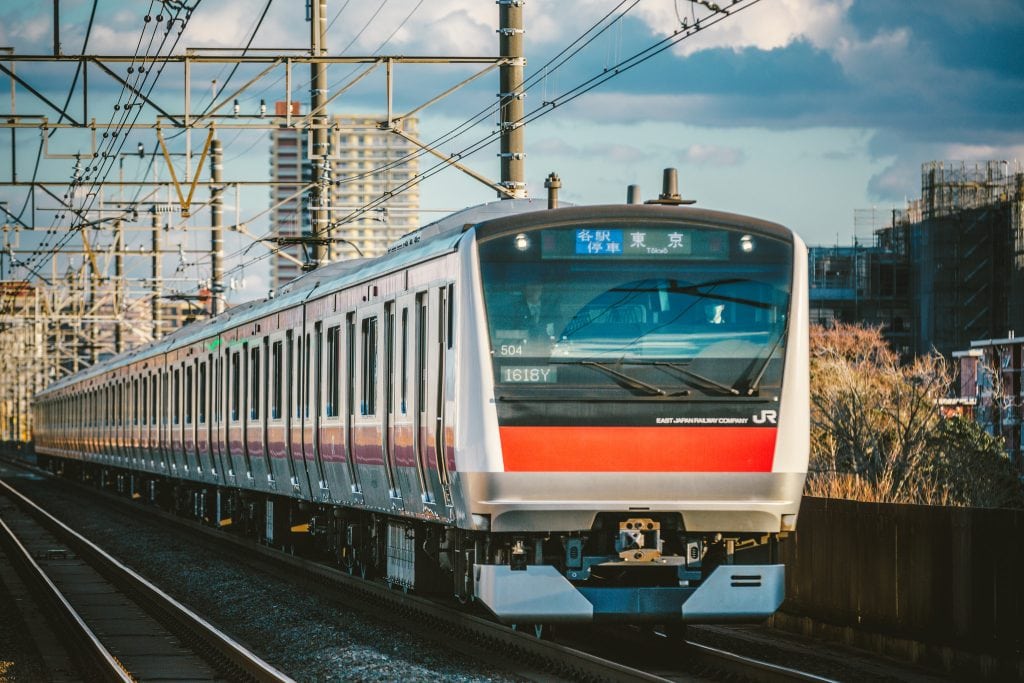Japan's Gleaming Rail Giant JR East Endures on White-Glove Service

Skift Take
Average train delays of 36 seconds every year? Who could complain about that kind of service? The Japanese icon JR East is one of the subjects in Skift's recent sixth anniversary book, For the Long Haul, Lessons on Business Longevity, whose chapters we are excerpting for you here in the coming weeks.
The distinctive snub-nosed train decelerates and pulls into the station. Arranged along the platform, uniformed attendants bow to greet it. Passengers stream out, toting bags and briefcases and elaborately wrapped gifts as the attendants signal with a few pointed fingers that cleaning is about to begin. They wipe every surface, smooth a fresh paper cover onto every headrest, spin every seat to face the right direction, and remove every scrap of rubbish so that the train is sparkling again — all in a total of seven minutes. New passengers stream in, white-gloved conductors conduct their own theatrical call-and-response routine, a high-pitched bell and buzzer sound, the cleaning attendants bow again, and the train rolls off.
This mundane-yet-remarkable scene occurs at least 100 times a day at Tokyo Station alone, accompanying each new shinkansen (“bullet train”) departure. The absolute control is staggering. In a year, there is only an average delay of 36 seconds. In transporting a total of 10 billion shinkansen passengers across Japan in 50 years, there has never been a fatal accident or serious injury. The shinkansen has been Japan’s emblem of modernity since the 1960s, and is symbolic of the efficiency, safety, service, and high design of the country’s train system as a whole.
Few international travelers forget their first encounter with the Japanese rail. From its unbelievable punctuality, to the immaculate plush seats, to children as young as five riding the subway alone to school, to the distinct electronic melodies that denote each station, to the gourmet eki-ben boxed meals available at platform kiosks, to the terrifying and sublime experience that is Shinjuku Station at rush hour: train travel is just different, and better, here.
Read About the Secrets to Business Longevity in Skift's New Book, For the Long Haul
Today, Japan’s railways carry more than 9 billion passengers per year, more than anywhere else on Earth, coming and going from more than 9,000 stations, along 27,000 kilometers of track that connect the nation. There are 200-plus railway operators in Japan, but none is more iconic than JR East, the country’s largest private railway company. Beyond simply shuttling people back and forth, JR East is a fundamental part of the face Japan presents to the world, and the business is managed as such. “JR certainly has become a symbol for Japan as a nation,” says W. David Marx, a renowned scholar of Japanese cultural his
